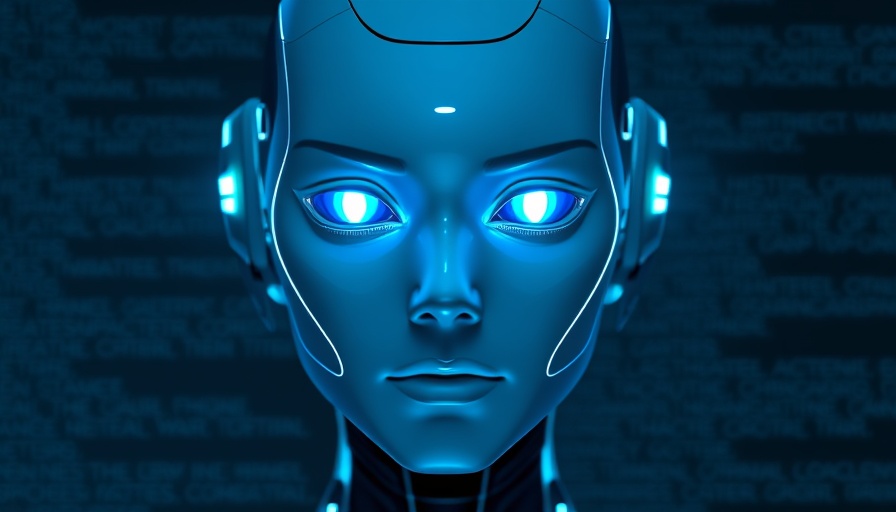
The Rise of Kimi K2: A Game Changer in AI
The unveiling of Kimi K2, a revolutionary AI model equipped with a staggering one trillion parameters, marks a significant milestone in artificial intelligence development. Created by Moonshot, this AI agent doesn't merely engage in conversation; it is equipped to execute complex tasks with minimal human intervention. Utilizing an innovative Mixture of Experts technology, Kimi K2 manages to maintain efficiency while handling extensive processing demands, with only 32 billion parameters engaged at any one time.
In 'Kimi K2 AI Just Crushed Every Benchmark in the Industry: The Most Dangerous Open Source AI Yet', the discussion dives into transformative advancements in artificial intelligence, prompting an analysis of their significance within Michigan's tech landscape.
Trained on a colossal dataset comprising an impressive 1.5 trillion tokens across varying languages and media types, Kimi K2 has transitioned AI from a passive assistant to an active problem-solver. Unlike older models that rely heavily on user input, K2 autonomously dissects tasks, identifies necessary actions, and executes them smoothly. This evolution heralds a new era where AI is not merely a consultant but a capable doer.
The Importance of Memory in AI
Memory management traditionally posed challenges for AI systems. The problem of "forgetting" key information during lengthy interactions has often rendered these systems less effective. However, Google's recent introduction of a memory bank feature aims to resolve this issue. By allowing AI agents to maintain context over extended conversations without overwhelming the processing system, Google's technology opens doors for applications in healthcare, customer service, and beyond. For instance, an AI healthcare assistant can remember essential details about a user's condition, while a beauty advisor can adapt recommendations based on previous consultations.
Cost Efficiency and Accessibility of Kimi K2
One of the most intriguing aspects of Kimi K2 is its affordability. Compared to leading models such as Claude Forsinet, which charge significantly higher fees per input and output token, Kimi K2 presents an economical solution. With costs as low as 60 cents for input and 25 dollars for output, it's tailored for startups and developers eager to engage in AI without prohibitive expenses. Moreover, its open-source nature means it can be customized and integrated into local systems, further promoting experimentation and innovation across the globe.
Speed and Performance: The Microsoft Contribution
The technological landscape is further enriched by Microsoft's latest offering, the i4 Mini flash reasoning model. This model, although smaller at just 3.8 billion parameters, demonstrates the balance between efficiency and speed, achieving significant performance metrics, particularly in handling long-form content. The innovative Sambaway method enhances processing speed—a critical factor for developers working with extensive documents. The accessibility of Microsoft's offering further empowers Michigan's tech community, providing tools that optimize AI capabilities without necessitating high-end hardware.
Looking Forward: The Future of AI in Michigan's Tech Landscape
The advancements in AI exemplified by Kimi K2 and Microsoft's innovations underline the agility of the tech ecosystem in Michigan. As many tech founders and professionals in Metro Detroit tap into these innovations, there is an increasing opportunity for collaboration, investment, and growth in areas such as software development, data analytics, and machine learning. Michigan’s vibrant innovation hubs and incubators are essential for fostering talent and ensuring these cutting-edge developments are harnessed effectively. Local startups should embrace these technologies, which stand to not only drive economic growth but also reshape the digital landscape of the region.
 Add Row
Add Row  Add
Add 



 Add Row
Add Row  Add
Add 
Write A Comment